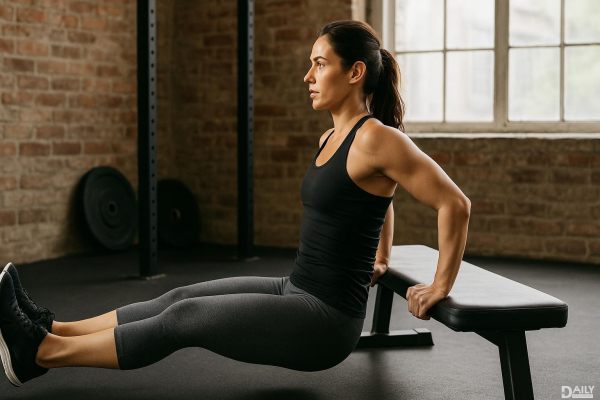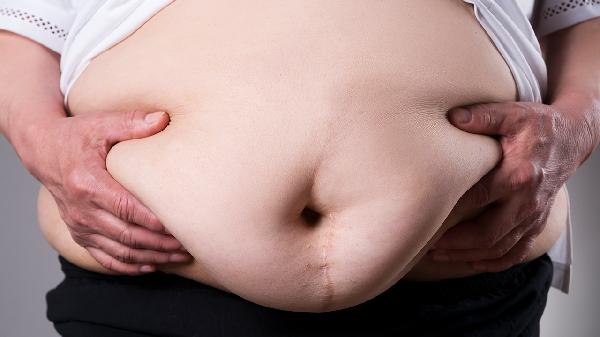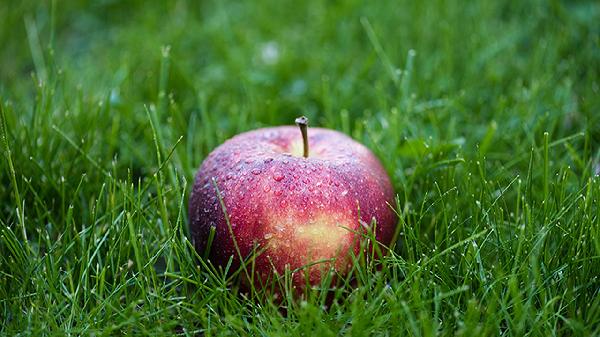If you've ever pushed yourself through a brutal workout or survived a chaotic week, you know that feeling—your muscles are tight, your mind is racing, and your body is begging for some TLC. That’s where Christa Janine’s calming yoga flow comes in. This isn’t just about stretching; it’s about hitting the reset button on your nervous system. By syncing your breath with movement—inhaling deeply, exhaling fully—you’re not just loosening up stiff muscles, you’re dialing down stress and rewiring your body’s response to tension. And the best part? You don’t need to be a yoga pro to reap the benefits.
Why Your Body Craves This Kind of Movement
After intense physical activity (or even intense emotional stress), your body holds onto tension like a clenched fist. Muscles tighten, joints stiffen, and your nervous system stays stuck in fight-or-flight mode. Traditional cooldowns—like a quick stretch or foam rolling—help, but they often miss the mind-body connection. Yoga, especially a slow, breath-focused flow, bridges that gap. It’s like giving your system a gentle nudge: "Hey, we’re safe now. You can relax." The deliberate pacing of Christa’s routine encourages your parasympathetic nervous system (the "rest and digest" mode) to take over, lowering cortisol levels and easing that wired-but-tired feeling.
The Magic of Breathwork in Recovery
Ever notice how shallow your breathing gets when you’re stressed or sore? That’s your body’s way of conserving energy, but it also keeps tension locked in. Christa’s flow emphasizes diaphragmatic breathing—deep belly breaths that oxygenate your blood, improve circulation, and signal relaxation. Pair that with movements like cat-cow or child’s pose, and suddenly, your rib cage expands, your shoulders drop, and your spine remembers what it feels like to move freely. This isn’t woo-woo science; research shows controlled breathing can reduce inflammation and even speed up muscle recovery. So yeah, it’s kind of a big deal.
Sequences That Unlock Tight Spots
Christa’s routine isn’t a random collection of poses; it’s a strategic release for the areas that take the most beating. Think hips (hello, sedentary lifestyles and heavy squats), hamstrings (often overworked in runners and cyclists), and shoulders (tense from hunching over screens). Poses like pigeon pose, forward folds, and thread-the-needle gently coax these spots into letting go. The key? Moving slowly enough to notice where you’re holding resistance. If a muscle feels like it’s putting up a fight, that’s your cue to breathe into it—not force it. Over time, this practice trains your body to release tension proactively, not just after it’s become a problem.
How to Make This a Habit (Without It Feeling Like Chore)
attach it to an existing habit. Done with your evening shower? Flow for 10 minutes before bed. Waking up stiff? Try a modified version in bed (yes, supine twists count). The goal isn’t perfection; it’s consistency. Even two or three sessions a week can rewire how your body handles stress. And if you’re thinking, "I don’t have time," remember: This is the antidote to burnout. Five minutes of intentional breathing and stretching beats an hour of distracted scrolling when it comes to actual recovery.
Christa’s approach proves yoga doesn’t have to be about handstands or Instagram-worthy poses. Sometimes, the most powerful practice is the one that meets you where you are—exhausted, stiff, or just needing a moment to breathe. Tune into Class FitSugar every other Sunday, and give your body the reset it’s been craving. No fancy equipment required, just a willingness to show up for yourself.
























